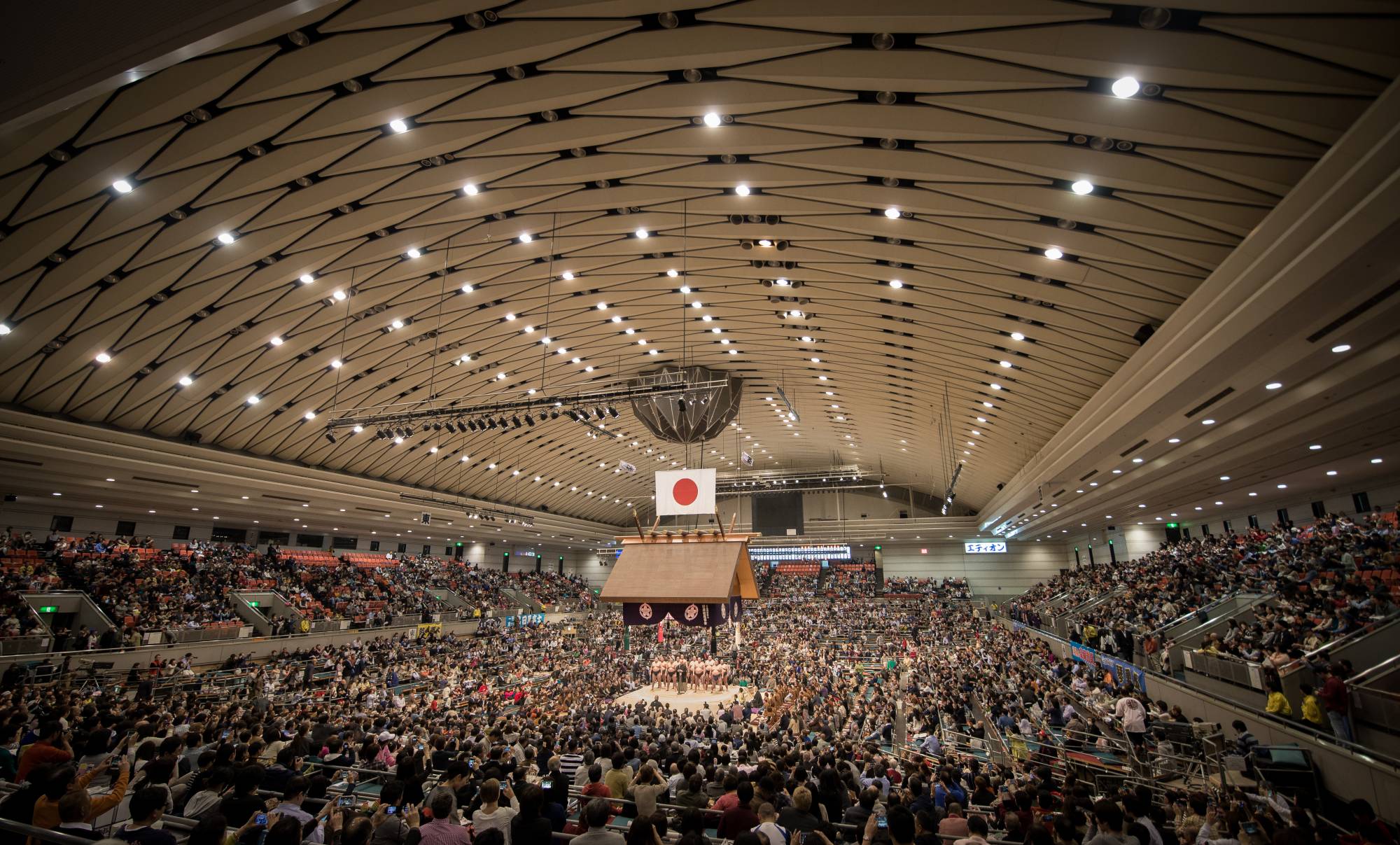Is the spring sumo tournament in danger of being canceled?
The question has suddenly arisen as Japan’s national sport struggles to deal with a wave of infections that has already resulted in two of sumo’s most significant one-day meets being called off in the past week.
The 46th edition of the Fuji TV-backed Japan Grand Sumo Tournament and the 54th running of NHK’s Charity Grand Sumo, scheduled for Feb. 6 and 11 respectively, will not be taking place.
















With your current subscription plan you can comment on stories. However, before writing your first comment, please create a display name in the Profile section of your subscriber account page.